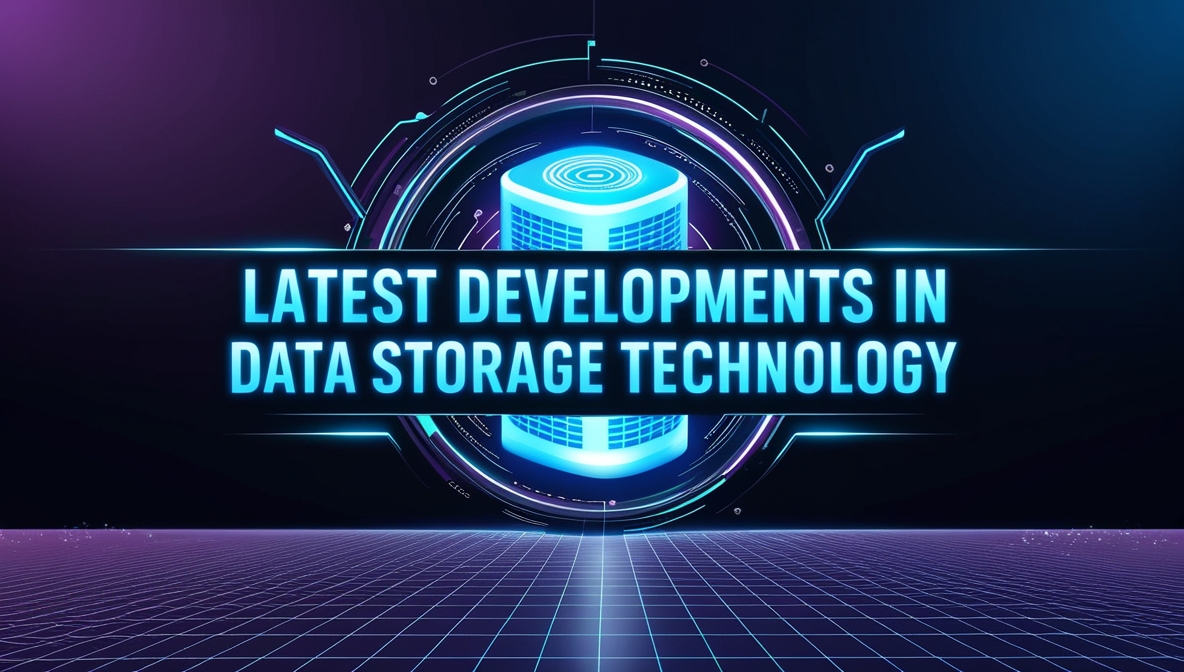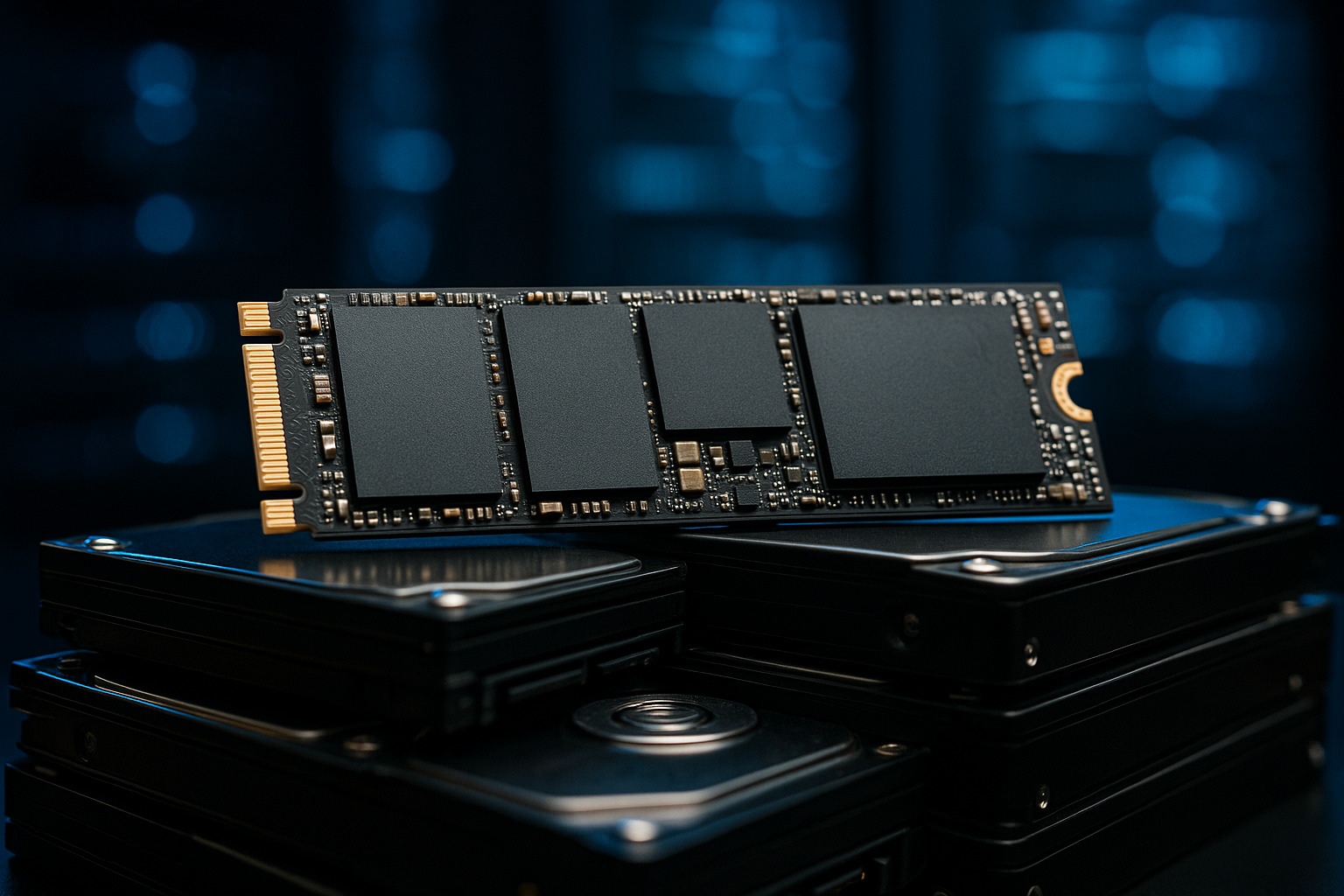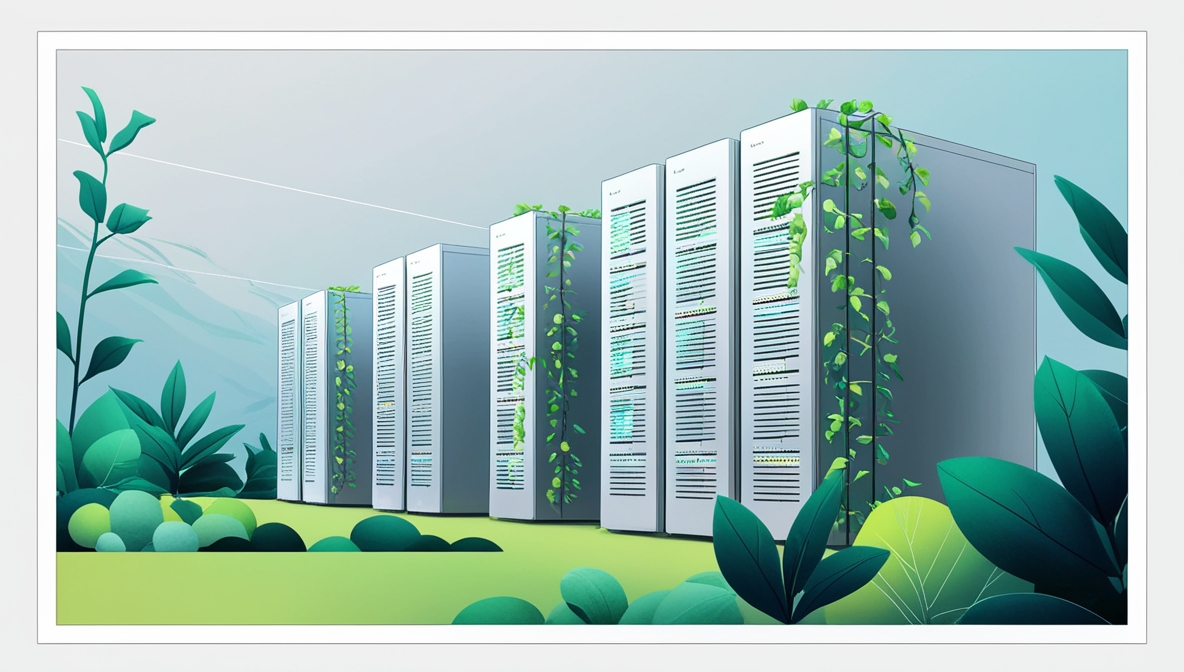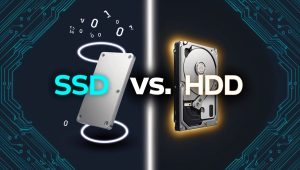Latest Developments in Data Storage Technology
As the demand for faster, larger, and more reliable data storage solutions grows, the industry continues to innovate. From advancements in traditional hard drives to the rise of cutting-edge storage technologies, the landscape of data storage is rapidly evolving. This article explores the latest developments that are shaping the future of data storage.
Emerging Trends in Data Storage
Solid-State Drives (SSDs) Continue to Dominate
Solid-state drives (SSDs) have been increasingly replacing traditional hard disk drives (HDDs) due to their speed, durability, and decreasing cost. Recent developments in SSD technology include:
- NVMe SSDs: Non-Volatile Memory Express (NVMe) SSDs offer faster data transfer speeds than SATA SSDs, making them ideal for applications requiring high performance, such as gaming and video editing.
- QLC NAND Technology: Quad-Level Cell (QLC) NAND technology increases the data capacity of SSDs by storing four bits of data per cell, reducing costs and enabling higher storage densities.
Advancements in Hard Disk Drive (HDD) Technology
Despite the rise of SSDs, HDDs continue to play a critical role in data storage, especially for large-scale data centers. Recent advancements include:
- Helium-Filled Drives: These drives are filled with helium instead of air, reducing friction and allowing for more platters in the same physical space, which increases storage capacity.
- HAMR Technology: Heat-Assisted Magnetic Recording (HAMR) uses laser technology to increase the amount of data that can be stored on a hard drive by enabling smaller, more stable magnetic bits.
For those interested in a deeper understanding, an SSD vs. HDD comparison highlights the advantages and trade-offs of each technology in terms of speed, durability, and cost.
DNA Data Storage: The Future of Archival Storage
DNA data storage is an emerging technology that promises to revolutionize long-term data archiving. By encoding digital information into the sequence of DNA strands, this technology offers:
- Unprecedented Density: DNA can store vast amounts of data in a minuscule space, far surpassing current storage technologies.
- Longevity: DNA is highly stable over time, making it ideal for long-term data storage.
- Challenges: While promising, DNA data storage is currently expensive and slow, making it unsuitable for everyday use but potentially transformative for archival purposes.
Quantum Storage: Unlocking New Possibilities
Quantum storage is another cutting-edge development with the potential to change how we store and process data:
- Quantum Bits (Qubits): Unlike traditional bits that represent data as 0 or 1, qubits can represent multiple states simultaneously, significantly increasing storage capacity.
- Quantum Encryption: Quantum storage offers enhanced security through quantum encryption, which is virtually unbreakable due to the principles of quantum mechanics.
- Current Limitations: Quantum storage is still in its infancy, with practical applications likely years away, but research continues to progress rapidly.
As research in quantum storage advances, its synergy with quantum computing and data storage opens up exciting possibilities for the future of technology.
Cloud Storage Innovations
Cloud storage continues to evolve, offering more efficient, secure, and scalable solutions:
- Edge Computing Integration: Combining cloud storage with edge computing reduces latency by processing data closer to its source, improving performance for real-time applications.
- Hybrid Cloud Solutions: Many organizations are adopting hybrid cloud models, combining on-premises storage with cloud solutions for greater flexibility and cost-effectiveness.
- AI and Machine Learning: Cloud storage providers are increasingly using AI and machine learning to optimize storage management, predict usage patterns, and improve data retrieval speeds.
Energy-Efficient Storage Solutions
With data centers consuming vast amounts of energy, there is a growing focus on developing more energy-efficient storage technologies:
- Cold Storage: Used for infrequently accessed data, cold storage solutions like tape drives are becoming more energy-efficient, reducing operational costs for large-scale storage.
- Low-Power SSDs: Newer SSDs are being designed with energy efficiency in mind, offering high performance while consuming less power, making them ideal for portable devices and green data centers.
Impact of 5G on Data Storage
The rollout of 5G networks is expected to have a significant impact on data storage:
- Increased Data Generation: 5G will enable faster data transfer speeds and support more connected devices, leading to a massive increase in data generation and storage needs.
- Edge Storage Solutions: With 5G, edge storage solutions will become more critical, allowing data to be processed and stored closer to the source, reducing latency and improving performance.
Preparing for the Future of Data Storage
As data storage technology continues to evolve, businesses and individuals need to stay informed about the latest developments to make informed decisions. Whether you’re looking to upgrade your storage solutions or prepare for the next wave of technological advancements, understanding these emerging trends will be key to staying ahead in the digital age.












Post Comment